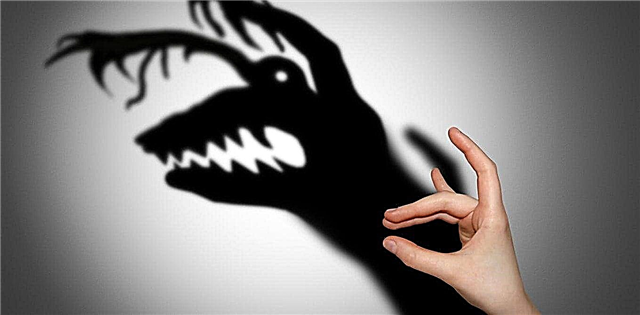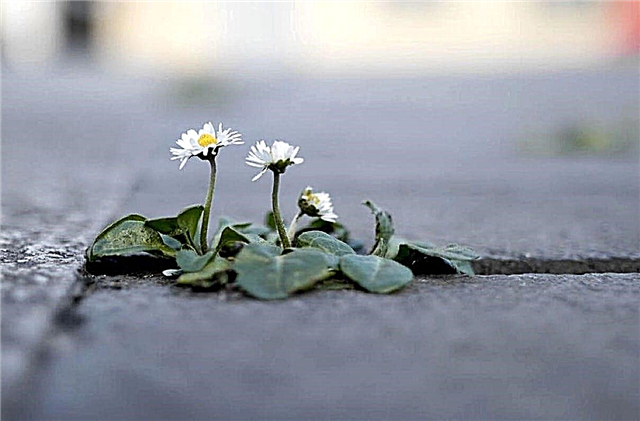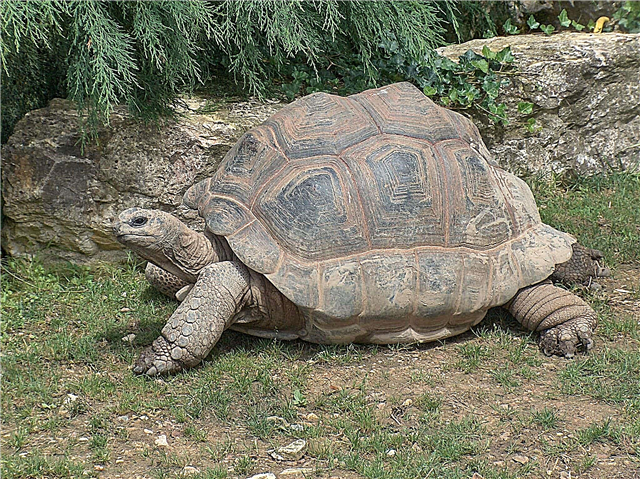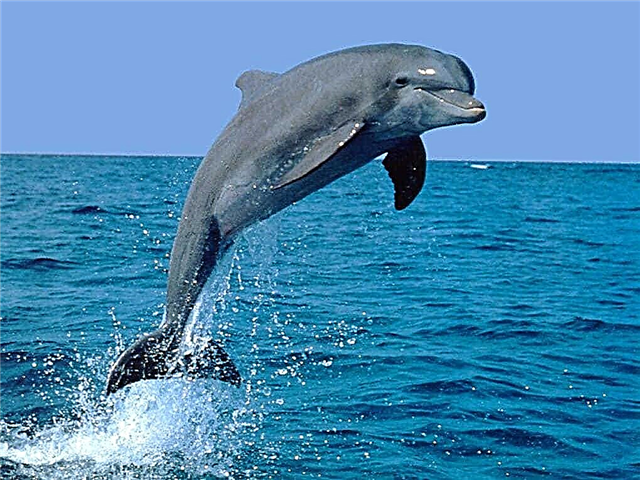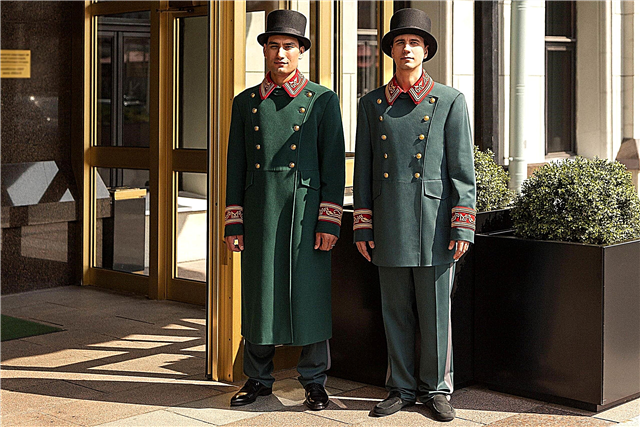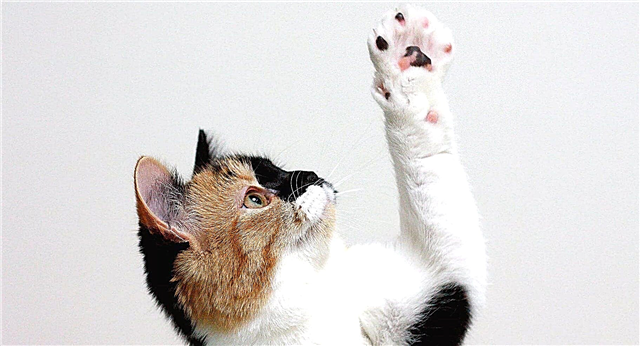
There are many different types of birds: about 9000 species. Birds maintain a constant, high body temperature - up to 41 degrees Celsius.
Beak

The beak of birds consists of horny matter. With its beak, a bird obtains and pecks food, transfers it to another place - to chicks or in reserve, repels an attack and beats an enemy, builds a nest, helps hatch from an egg to a chick, blows shells from a nest, hollows a tree, digs ground, cares for feathers, brings a present as a gift to the beloved.
Wings
Feathers on the wings allow birds to fly. In some birds, running (for example, ostriches, cassowary) or swimming (penguins), wings lost this ability. And in the New Zealand bird, kiwi wings are not even visible - they are smaller than the little finger.
Feathers
In many species, the plumage of males is more elegant than that of females. The plumage is periodically updated. This process is called “molting”: old feathers fall out, new ones grow.
Bird nests

Birds are oviparous animals. Eggs need to be hatched, warming and turning over. This lasts from a few days to several weeks, depending on the type of bird. In some birds, the chicks hatch naked, helpless - these are nesting chicks. In other birds, chicks emerge from the eggs, covered with down and feathers, sighted. They immediately follow their mother, on land or on water, they themselves get food. Such chicks are broods.
Settled and migratory birds
Birds that live in one place all year are called sedentary, or wintering. Other species, on the contrary, migrate.In the fall - to the south, in the spring - back. Sometimes they fly many thousands of kilometers, and sometimes only hundreds of kilometers (like crows). Such short-distance movements are called “migrations” of birds.


